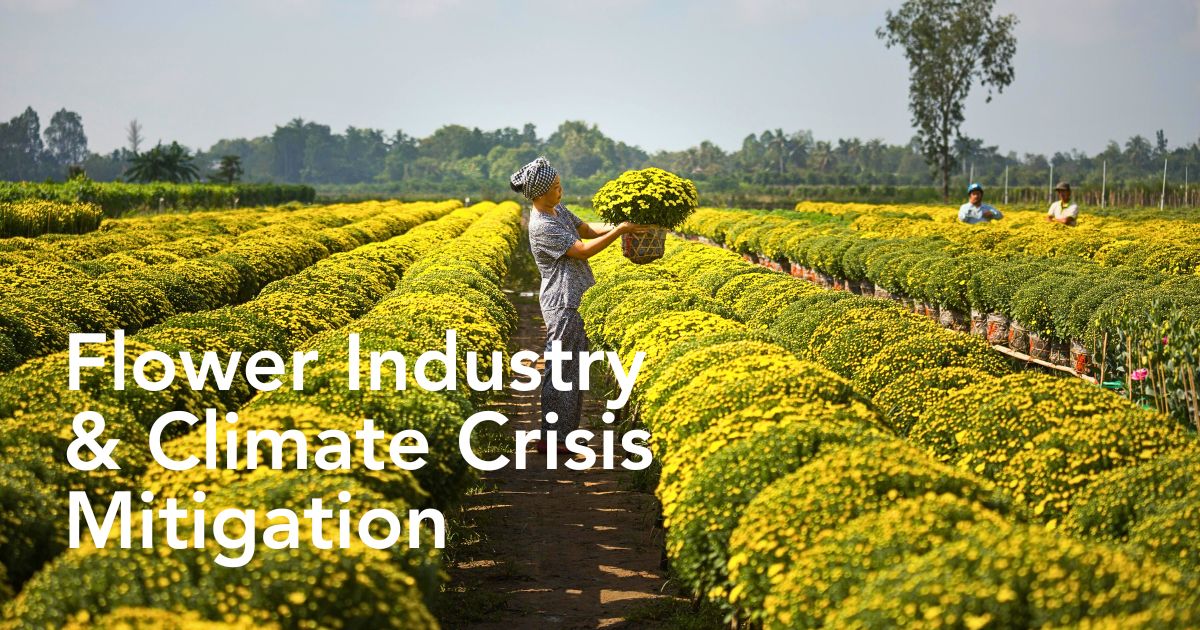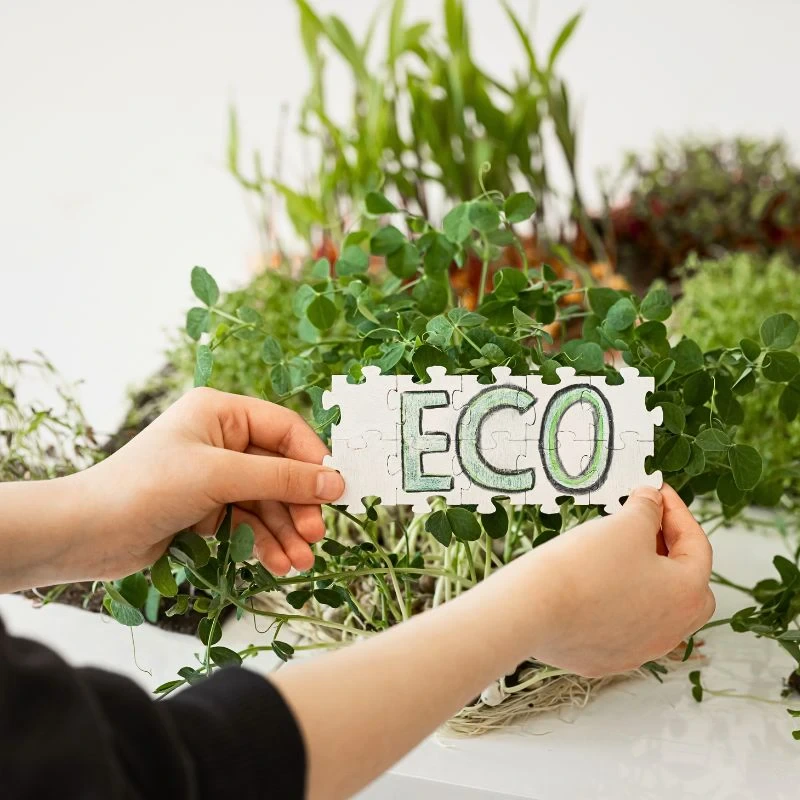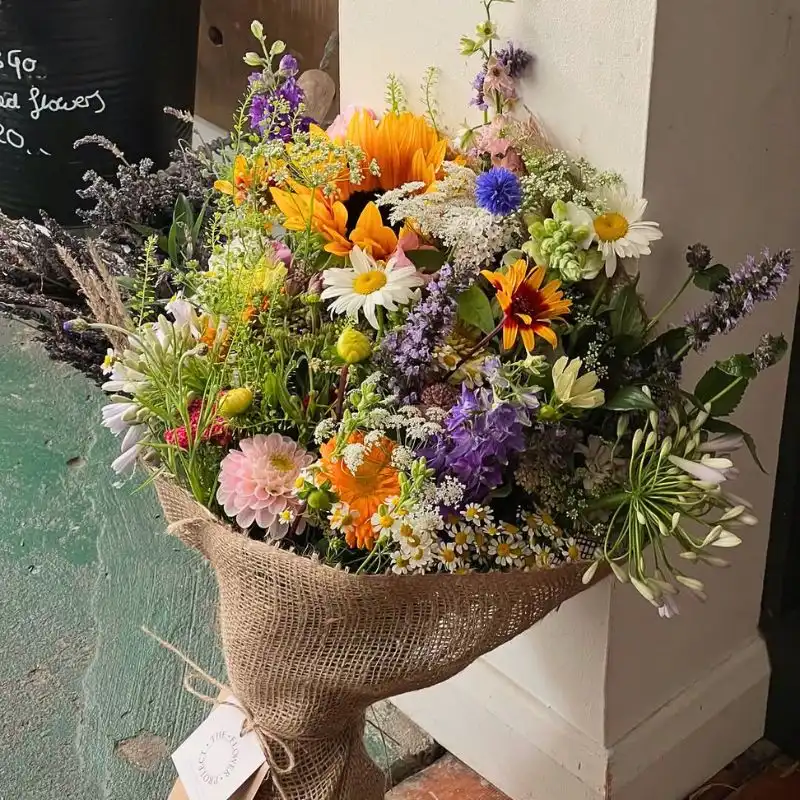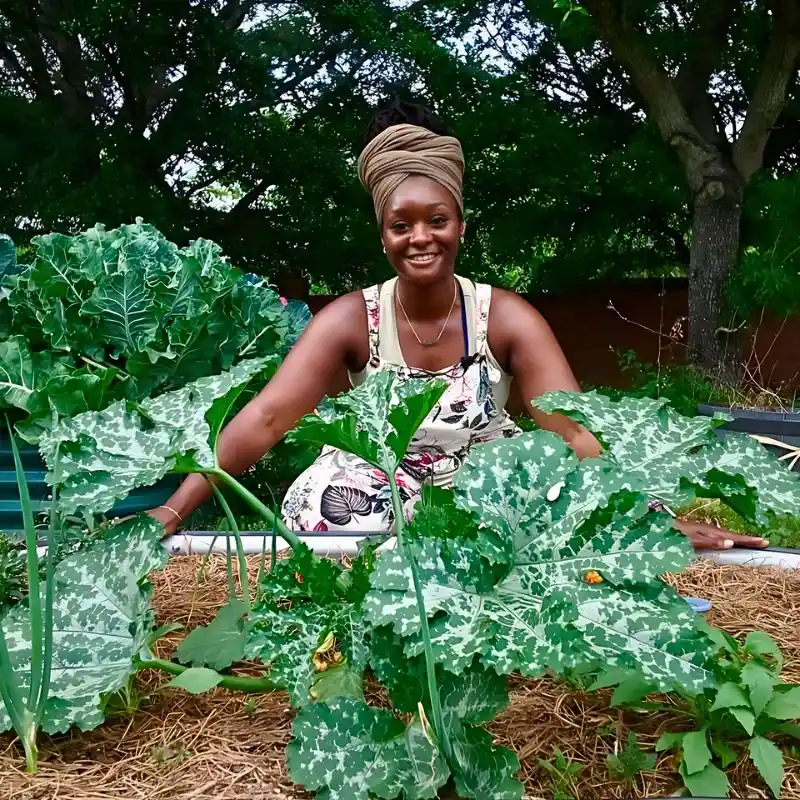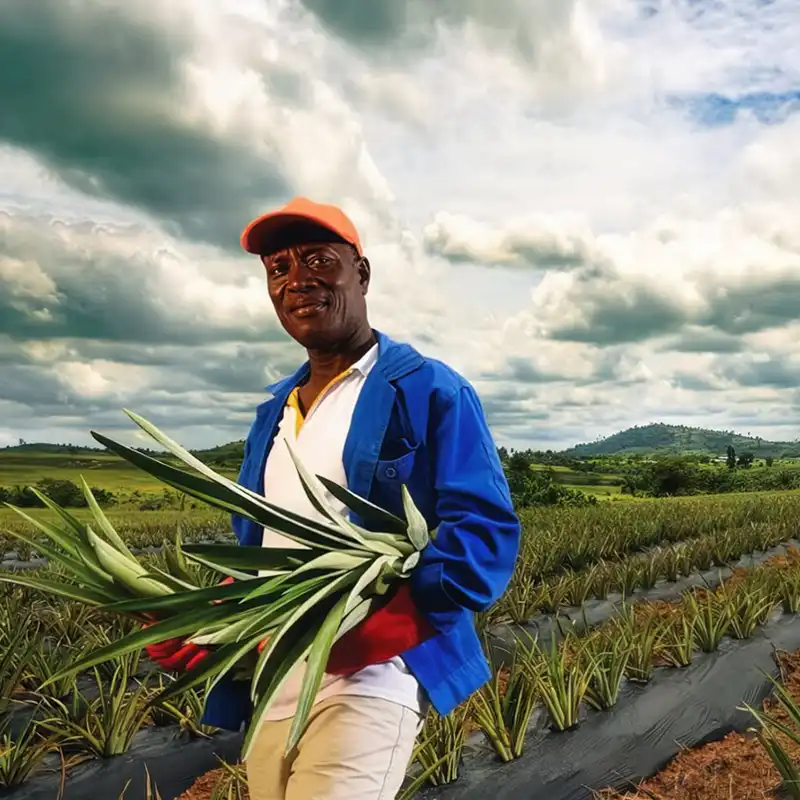Picture flower fields and greenhouses; each single flower therein actively drawing carbon from the air. Now, imagine this: these flowers are not just symbols of beauty but active participants in climate restoration. The floriculture industry, often only perceived through the lens of luxury and aesthetics, is quietly doing a lot more. It is undergoing a momentous transformation. It is no longer just a consumer of resources, but evolving into a proactive supporter of climate resilience.
In practically all the facets of plants and flowers, there lies a potential that goes beyond just beauty and decoration—a show of nature’s capability for resilience and renewal, which makes them a vital participant in the global effort to build ecosystems that weather shifting climatic patterns, by helping in carbon capture. Essentially, one would say, flowers, often passed over in climate solutions’ debates, hold a unique position; strategically placed at the meeting of agriculture, biodiversity, and climate science.
Where Do Sustainable Floriculture and Climate Action Meet?
The flower industry is currently at a point where sustainable environmental management and commercial viability must converge to address the escalating climate challenges. Consumer awareness continues to grow, while regulatory pressures intensify, meaning the industry is, in turn, progressively recognizing its potential role in both alleviating climate impacts and building resilience against ecological uncertainties.

This revolution extends far outside traditional agrarian practices to cover innovative carbon sequestration systems, ecosystem restoration initiatives, and comprehensive sustainability structures that place flowers as active contributors to climate solutions rather than passive participants in global supply chains. In assimilating cutting-edge carbon sequestration practices, adopting rigorous environmental standards, and promoting biodiversity, flower production is redefining its role in a warming world in varied ways.
Carbon Sequestration Potential of Floriculture Production
The relationship between floriculture and carbon capture represents one of the most promising yet underexplored aspects of climate mitigation strategies. Recent research has shed light on the significant potential for transforming traditional flower farming into carbon-negative operations through innovative approaches that leverage the natural photosynthetic processes of ornamental plants, as climate change fundamentally affects the types of plant varieties that can be grown. This demands engineering approaches that enhance both climate resilience and carbon-capture potential in floriculture operations.
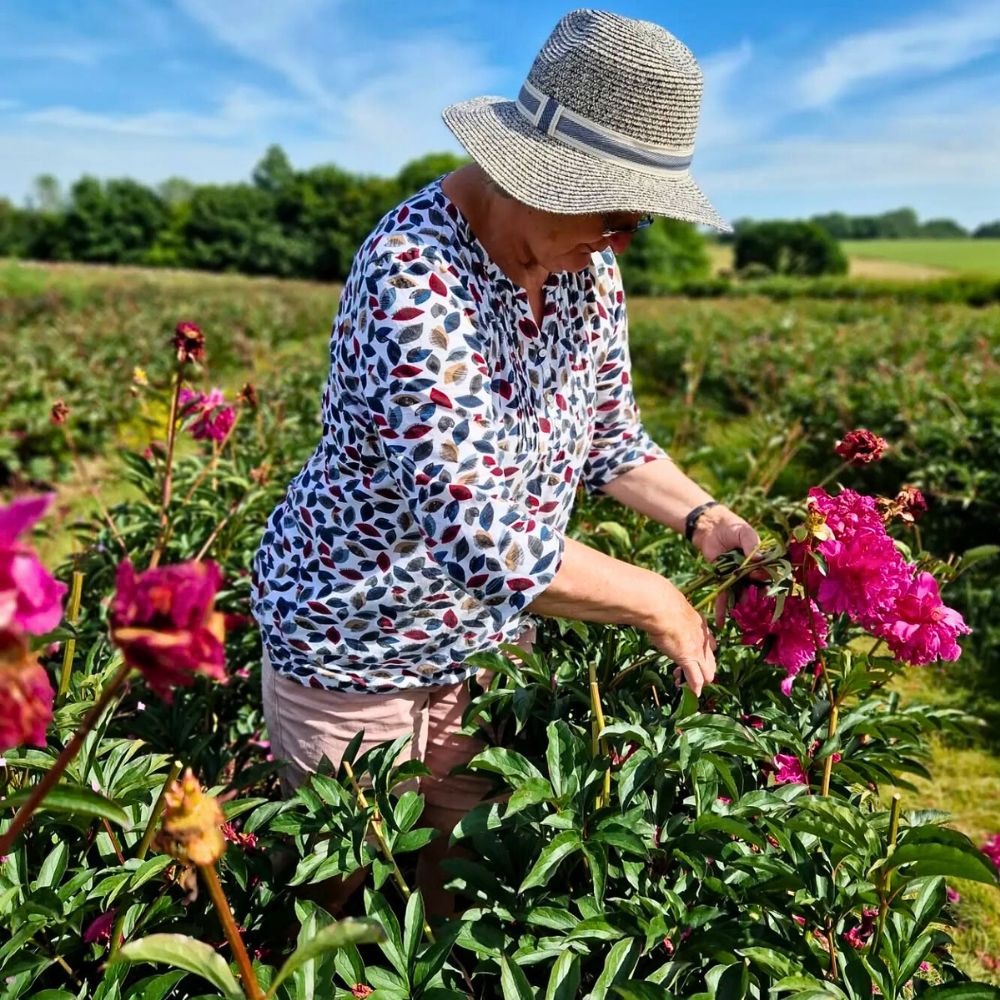
Research by Berkeley scientists has, for instance, vouched for the concept of agro-sequestration, which presents a scalable approach to transforming nature-based solutions from temporary to permanent carbon storage. This innovative technology involves growing biomass crops, including ornamental plants and trees, to capture carbon from the atmosphere, then burying harvested vegetation that has been dried and salted in specially engineered biolandfills. The approach creates a vital new option for tackling climate change that could be scaled to remove and sequester significant quantities of atmospheric carbon while maintaining productive operations.
The practicability of this approach lies in its relative simplicity and overall efficiency, with instrumentation capable of confirming the ability to suppress sequestered biomass degradation in real-world settings. It represents a convincing low-risk approach that facilitates fast deployment while other carbon capture research continues to develop, making the industry a likely leader in agri-based carbon sequestration.
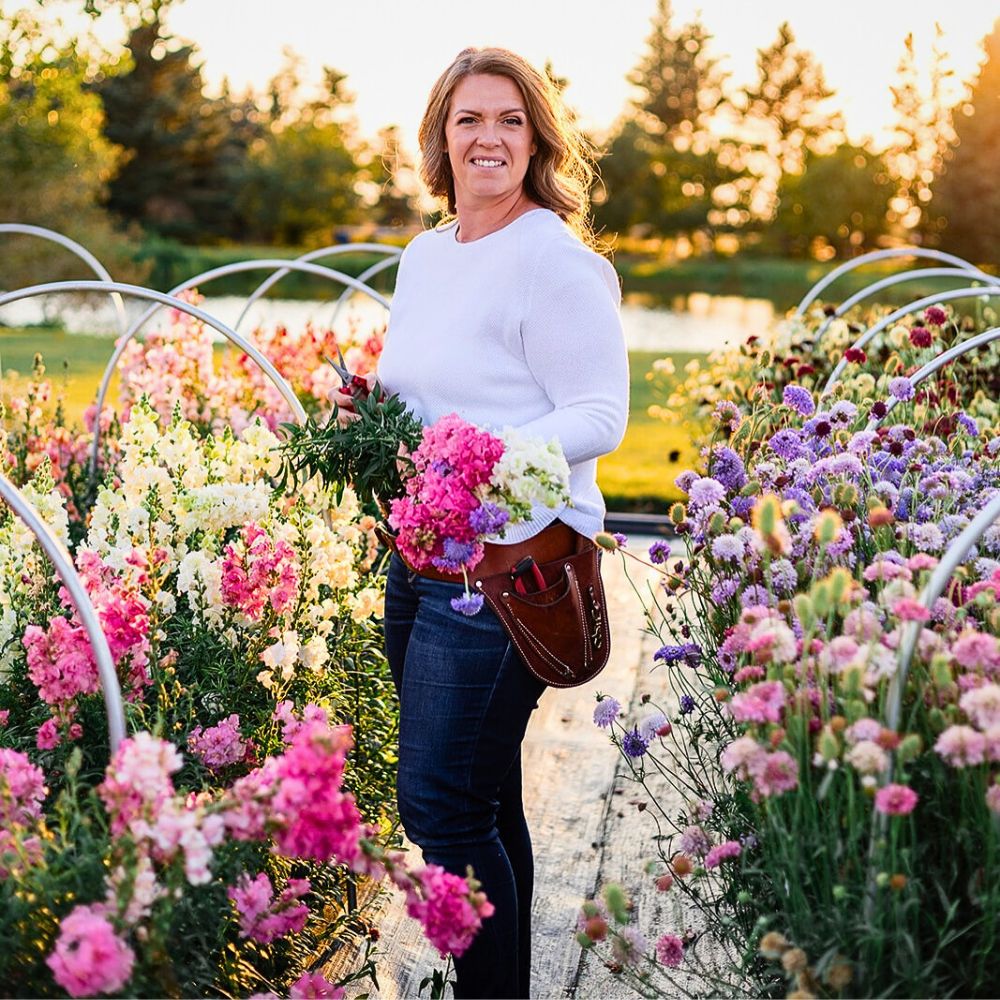
Some Climate Adaptation Strategies Implementable in Sustainable Flower Production
Contemporary flower farming operations are increasingly implementing sophisticated climate adaptation strategies that enhance both environmental resilience and production sustainability. Such approaches recognize that climate change impacts constitute not just carbon emissions, but also water availability, temperature fluctuations, and ecosystem stability. Successful adaptation requires a complete appreciation of local environmental conditions and the implementation of practices that work synergistically with natural systems rather than contrary to them.
For instance, integration of climate-smart practices in floriculture involves the selection of varieties that can withstand changing environmental conditions while maintaining commercial viability. Such entails developing the right cultivars, implementing season extension techniques, and creating microclimates that buffer against extreme weather events. These strategies guarantee that flower production remains economically viable while contributing positively to local environmental health and global climate objectives.
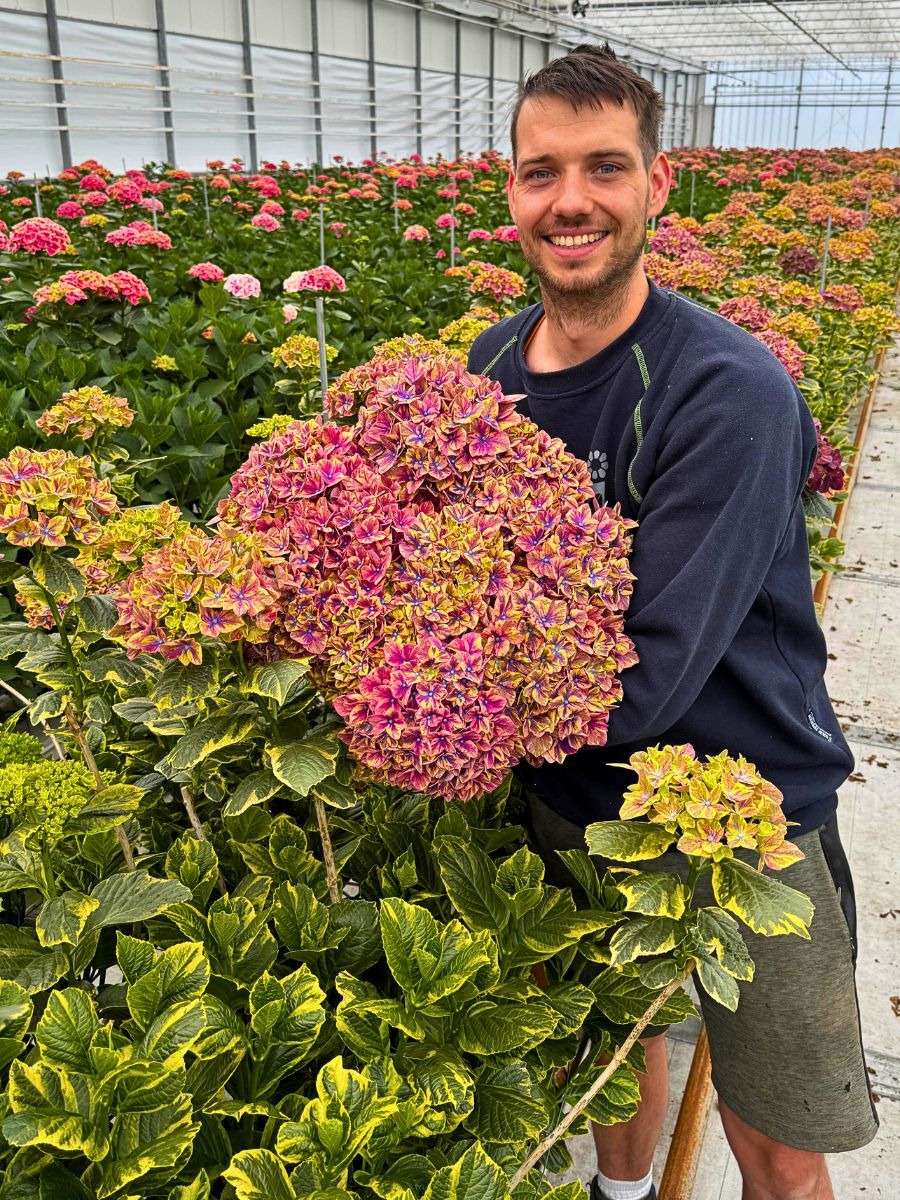
Water Conservation and Management Systems
Water resource management is perhaps the most key aspect of climate-resilient floriculture, as changing precipitation patterns and increasing water scarcity challenge traditional irrigation approaches. Advanced water conservation systems implemented by leading sustainable flower producers incorporate rainwater harvesting, efficient irrigation technologies, and water recycling systems that reduce general consumption while maintaining production quality.
The development of closed-loop water systems in flower production facilities attests to the potential for achieving water neutrality or even a positive water impact through innovative management approaches. These systems capture, treat, and reuse water throughout the production process, which significantly cuts the demand on local resources while preventing contamination of natural water bodies. Such approaches become more and more valuable as climate-related issues intensify water stress in flower-producing regions.
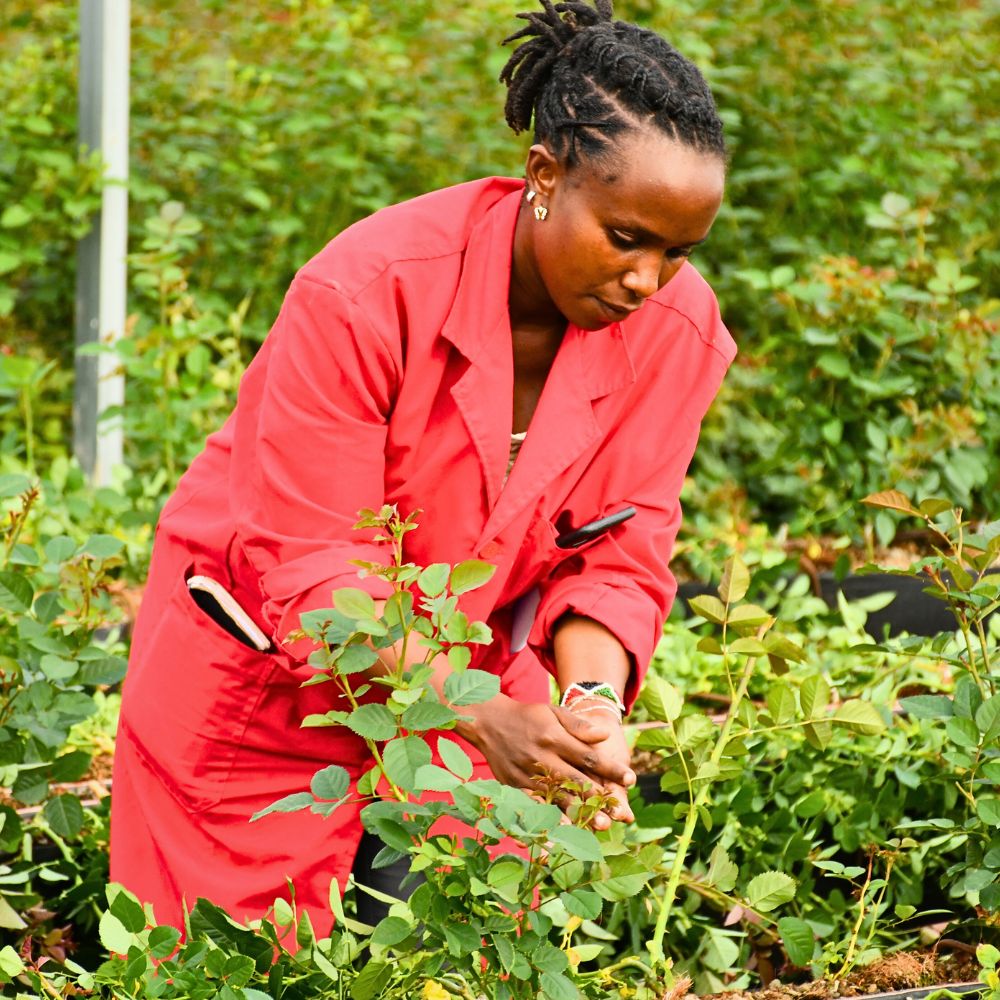
Ecosystem Preservation and Biodiversity Protection
Sustainable floriculture operations increasingly recognize that biodiversity preservation directly enhances climate resilience through maintaining ecosystems that support both agrarian productivity and environmental stability. Integrating native plant species, wildlife corridors, and habitat restoration projects within and around flower farms shows this. It creates synergistic benefits that reinforce both the ecological and agricultural systems.
Biodiversity conservation efforts within floriculture operations contribute to climate mitigation through enhanced carbon sequestration in restored habitats and improved soil health in these areas. The preservation of native ecosystems also provides crucial climate adaptation benefits by maintaining natural buffering systems against extreme weather events and supporting pollinators and other beneficial organisms essential for sustainable agriculture.
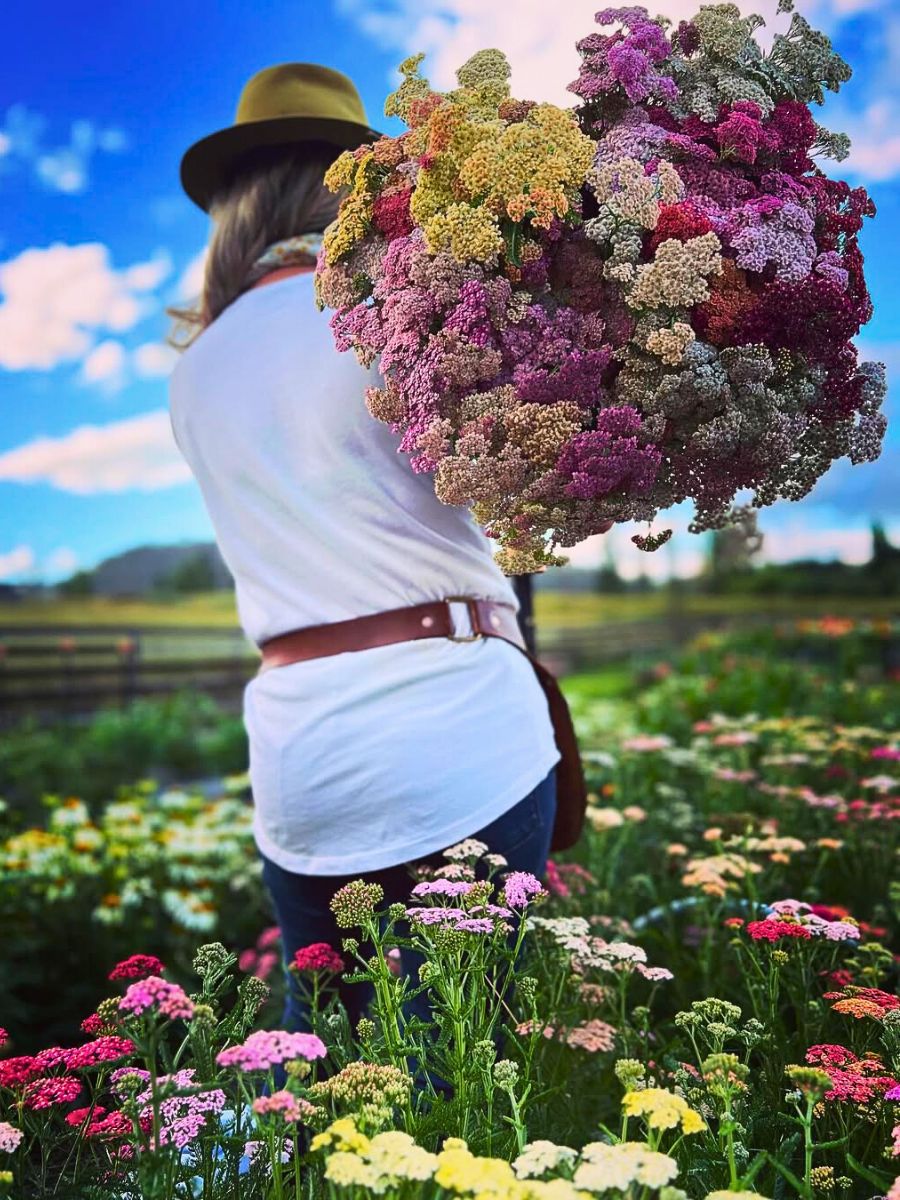
Also, some sustainable floriculture practices, such as no-till farming, cover cropping, and the use of compost and other organic amendments, enhance soil health as they increase soil carbon sequestration. Healthy soils, generally, act as an important carbon sink, helping to offset emissions.
Sustainable Energy Use in Climate Change Mitigation
In the flower industry, sustainable energy use offers a significant model for climate change mitigation. The sector, traditionally reliant on energy-intensive practices like greenhouse heating and cooling and long-distance transportation, substantially reduces its carbon footprint by transitioning to renewable energy sources. Solar, wind, and geothermal energy power greenhouse operations, reducing reliance on fossil fuels and lowering greenhouse emissions, while energy-efficient technologies, like LED lighting and advanced climate-control systems, further minimize energy consumption within floriculture operations.
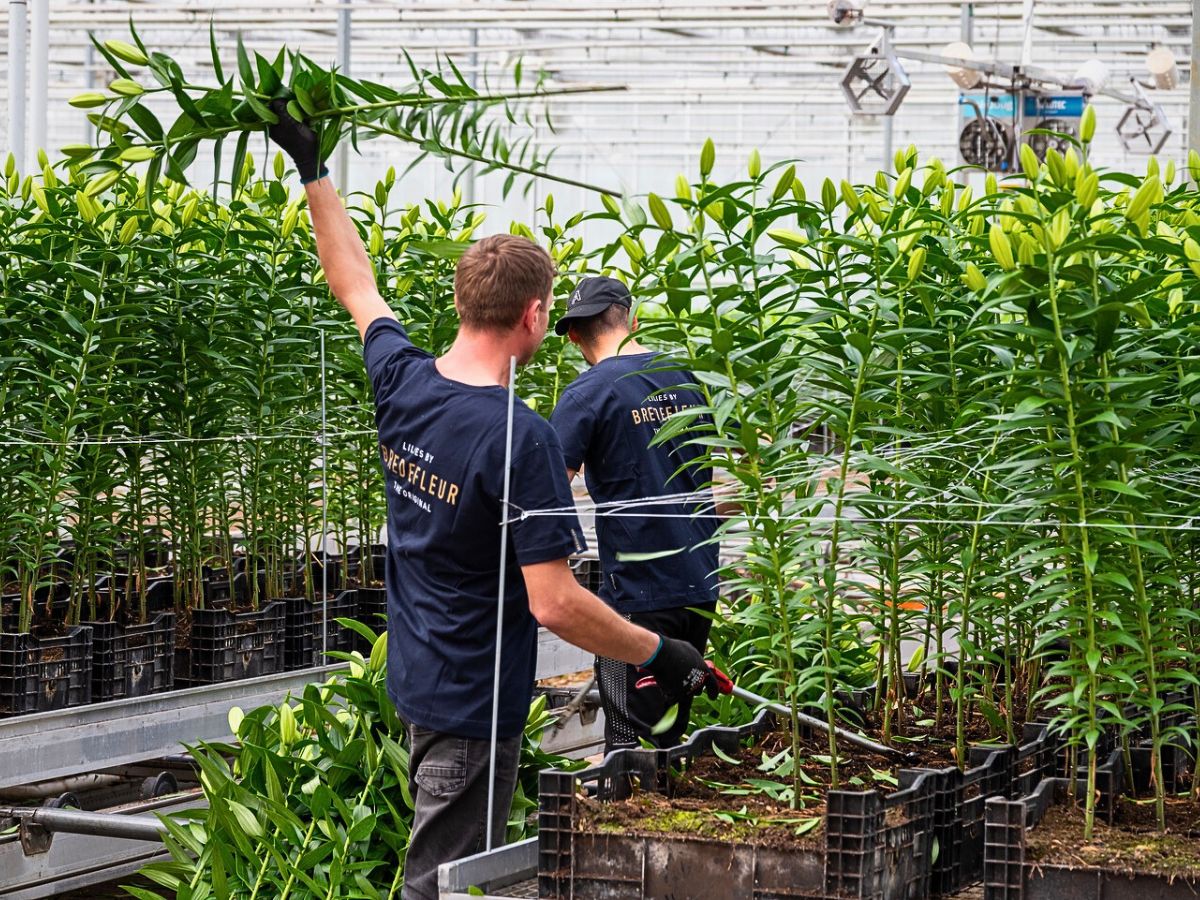
Moreover, optimizing transportation logistics, favoring local production, and utilizing alternative fuels for delivery fleets contribute to emission cuts. Besides, sustainable energy practices often align with other eco-friendly approaches, like water conservation and waste reduction, creating mutual benefits. So, in embracing these changes, the industry not only lessens its impact on climate change but also boosts its economic viability and appeal to ecologically-conscious consumers.
Agroforestry to Mimic Natural Ecosystems and Check CO₂
Agroforestry, a common practice among growers, integrates trees, shrubs, and crops within the same land area, in a model that improves soil health, conserves water, and provides habitat for pollinators essential for floriculture. Flower farms incorporating agroforestry benefit from improved soil fertility and natural pest control mechanisms while reducing reliance on chemical inputs, and in the long run, they contribute to climate change mitigation. General agroforestry has additional benefits to the grower. Trees often provide shelter from strong winds and extreme temperatures, creating a more stable microclimate for flower production.
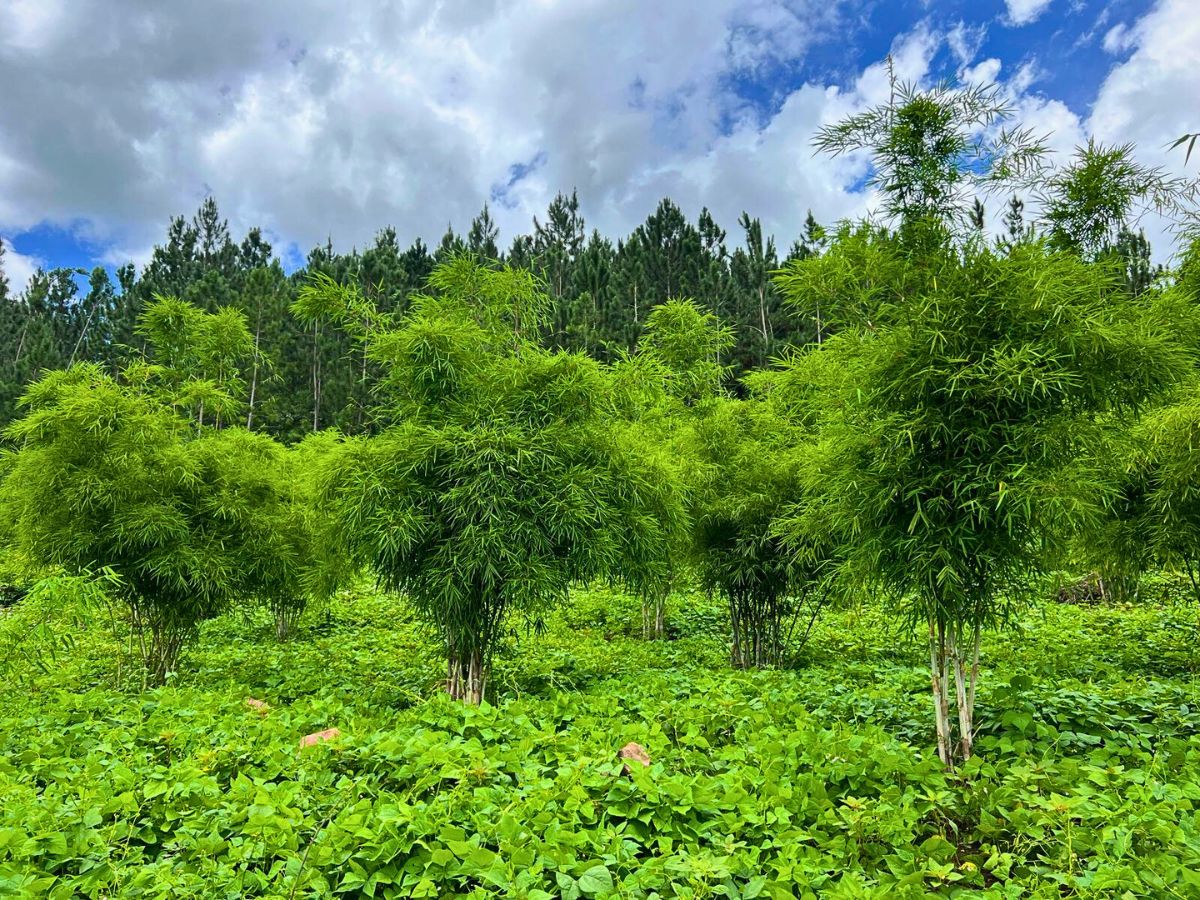
In one ideal model, Uganda’s Bamboo Village contributes to decarbonization. Established in 2018 by Greenhouse Sustainability’s Henri Potze, this certified bamboo plantation, maintained by the locals, helps industry players compensate for their production processes’ CO₂ emissions by planting bamboo, which is a leading plant for CO₂ sequestration. Bamboo grows very fast and has high biomass accumulation, which allows it to absorb more carbon dioxide than many other species. Bamboo forests can effectively act as carbon sinks, capturing atmospheric carbon and storing it in their biomass, which can also be further sequestered in durable products like buildings and furniture.
Social Sustainability as Climate Adaptation
The social dimension of sustainable floriculture likewise plays a central role in climate adaptation. It guarantees that communities have the resources and knowledge necessary to implement and maintain climate-smart practices. Fair labor conditions, worker education programs, and community development initiatives form the social basis necessary for long-term environmental sustainability.
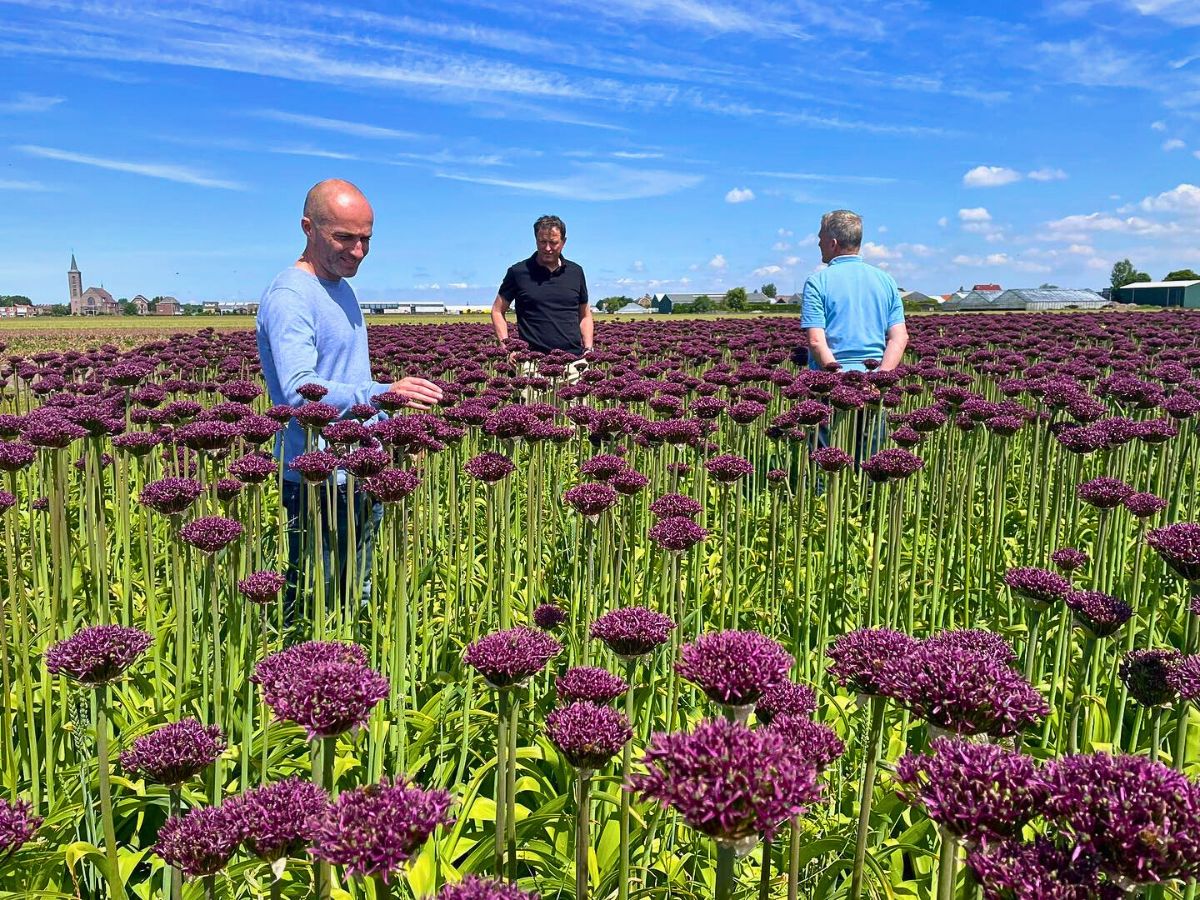
Investment in worker welfare and community development also enhances the resilience of floriculture operations. This creates stable, skilled workforces capable of implementing complex, ecologically driven practices. This social aspect of sustainability makes certain that climate adaptation strategies are maintained and improved over time, rather than being dependent on external oversight or provisional initiatives.
The Importance of Industry Standards and Certification Programs
Industry standards and programs offer a charter for floriculture businesses to adopt environmentally responsible practices, covering everything from environmental and biodiversity conservation to energy and water conservation, waste reduction, and responsible pesticide use. They provide independent certification of sustainable practices, assuring consumers that their floral purchases align with their values. Increased transparency builds trust and encourages demand for sustainably produced flowers, which incentivizes wider adoption of eco-friendly practices throughout the industry. But, more than that, these industry standards generally have a progressive impact on climate change.
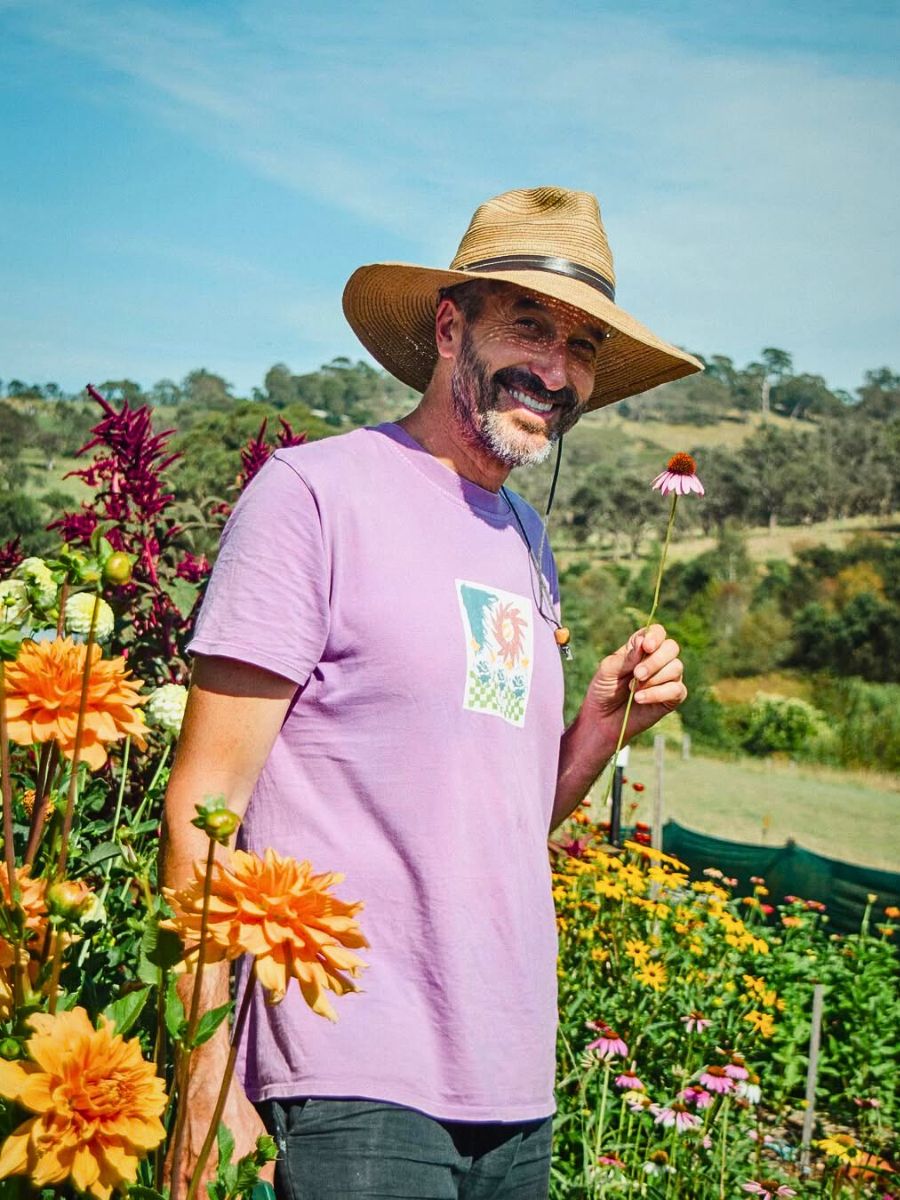
Rainforest Alliance's Environmental Conservation Model
Within the floriculture industry, the Rainforest Alliance has established all-inclusive sustainability standards that address the need for environmental protection and climate action. These standards operate at the crucial node of business, agriculture, and forests, all working together to make responsible practices the new norm across global supply chains. They promote three central pillars of sustainability: environmental sustainability, economic sustainability, and social sustainability.
The Alliance's effort with growers focuses primarily on protecting forests, improving the livelihoods of growers and forest communities, promoting human rights, and helping operations mitigate and adapt to climate crises. Their Sustainable Agriculture Standard provides a structure that protects ecosystems and wildlife habitats, conserves water and soil, promotes decent and safe working conditions, and warrants that farms are constructive contributors to rural communities and wildlands.

Generally, Rainforest Alliance standard-certified farms implement specific climate-focused practices, including maintaining or increasing tree cover, conserving soil quality and preventing erosion, limiting water waste, reducing agrochemical usage, and actively protecting wildlife habitats. These are practices contributing to carbon sequestration through enhanced soil health and increased biomass, while concurrently building resilience against climate-related disruptions.
Florverde Sustainable Flowers's Comprehensive Approach
Florverde Sustainable Flowers is another model of environmental conservation that directly addresses climate change challenges while maintaining commercial competitiveness in international markets. This independent social and environmental standard attests that flowers certified under the program have been responsibly produced according to strict environmental and social criteria. With over 120 certified farms in Colombia alone, Florverde has shown the scalability of wide-ranging sustainability approaches in major flower-producing regions.
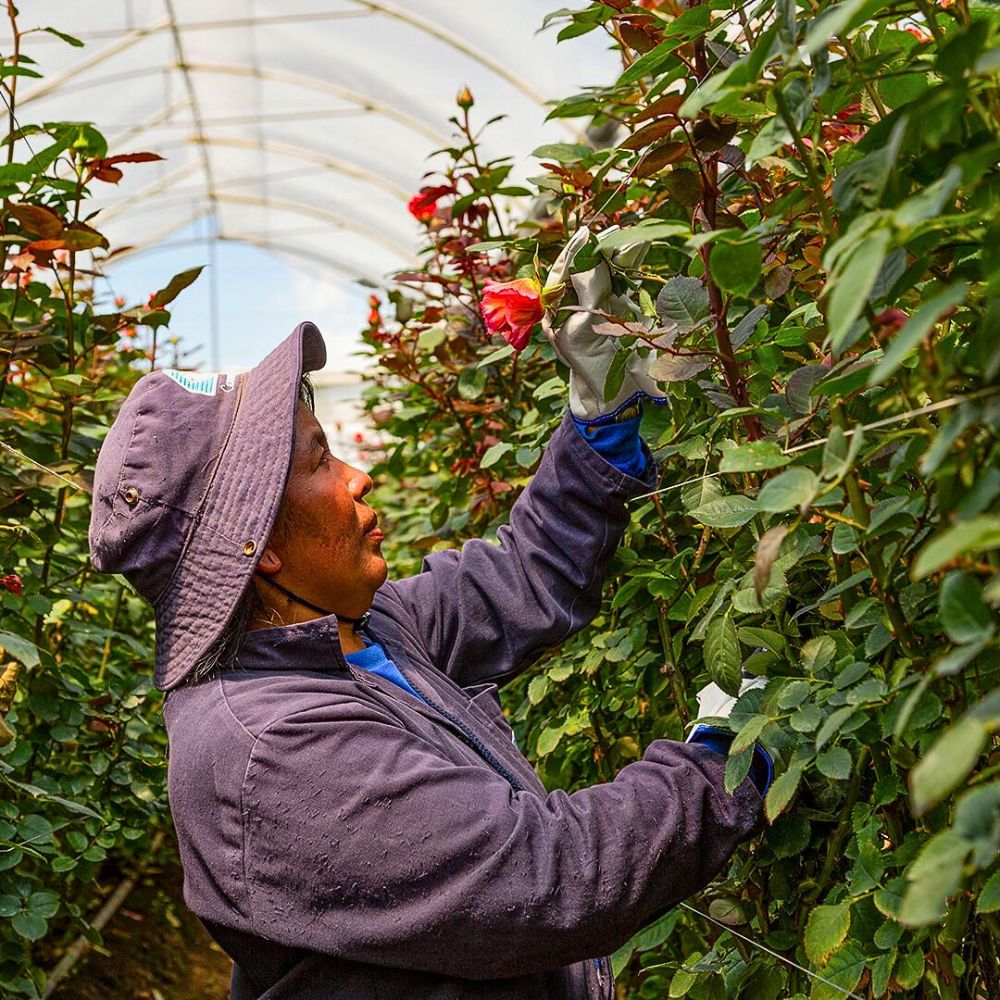
Water management is one of the primary requirements for Florverde certification—contained in the Floriculture Sustainability Initiative (FSI) Basket of Standards—recognizing water scarcity as both a present challenge and an anticipated climate change impact. Certified farms implement innovative rainwater collection systems for irrigation, maintain clean water bodies to promote local wildlife, and plant native trees and plants to support local ecosystems. These practices, combined with ecosystem protection and native species promotion, signify crucial steps in maintaining sustainable and eco-friendly approaches to flower farming that enhance climate resilience.
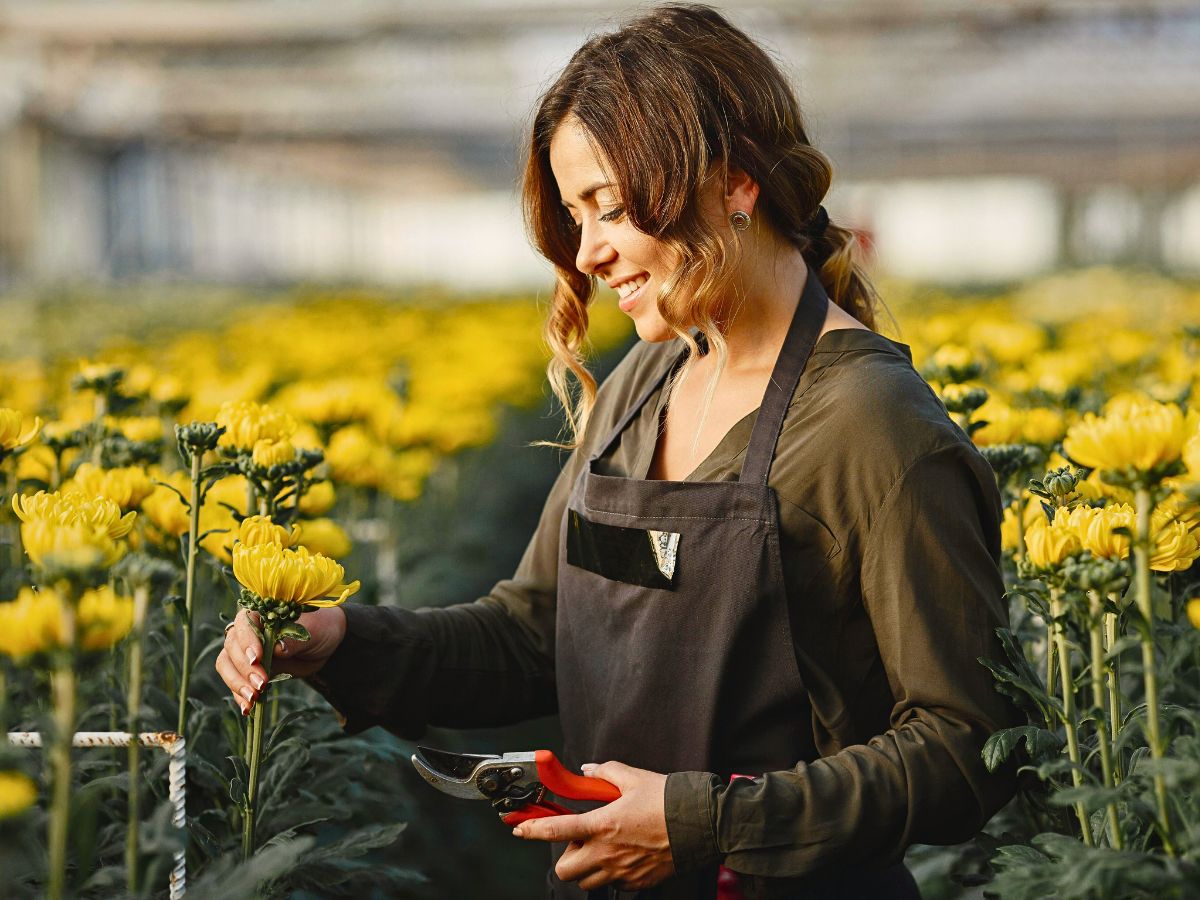
Kenya’s Pro-Sustainable Floriculture Approach
In Kenya, the industry's approach to sustainable floriculture also shows how management can drive innovation in climate-smart practices while maintaining economic competitiveness in global markets. The Kenya Flower Council’s (KFC) comprehensive Code of Practice addresses sustainability and social conduct through verifiable, transparent systems. A collaborative development between industry stakeholders, this Code of Practice has continuously reinvented itself to address incipient environmental issues. Water management is particularly crucial for Kenyan flower producers, and the local challenges of this resource require innovative solutions. KFC implements approaches that provide for thorough strategies with specific targets and timelines, while allowing individual nurseries to develop customized water management systems appropriate to their specific conditions.
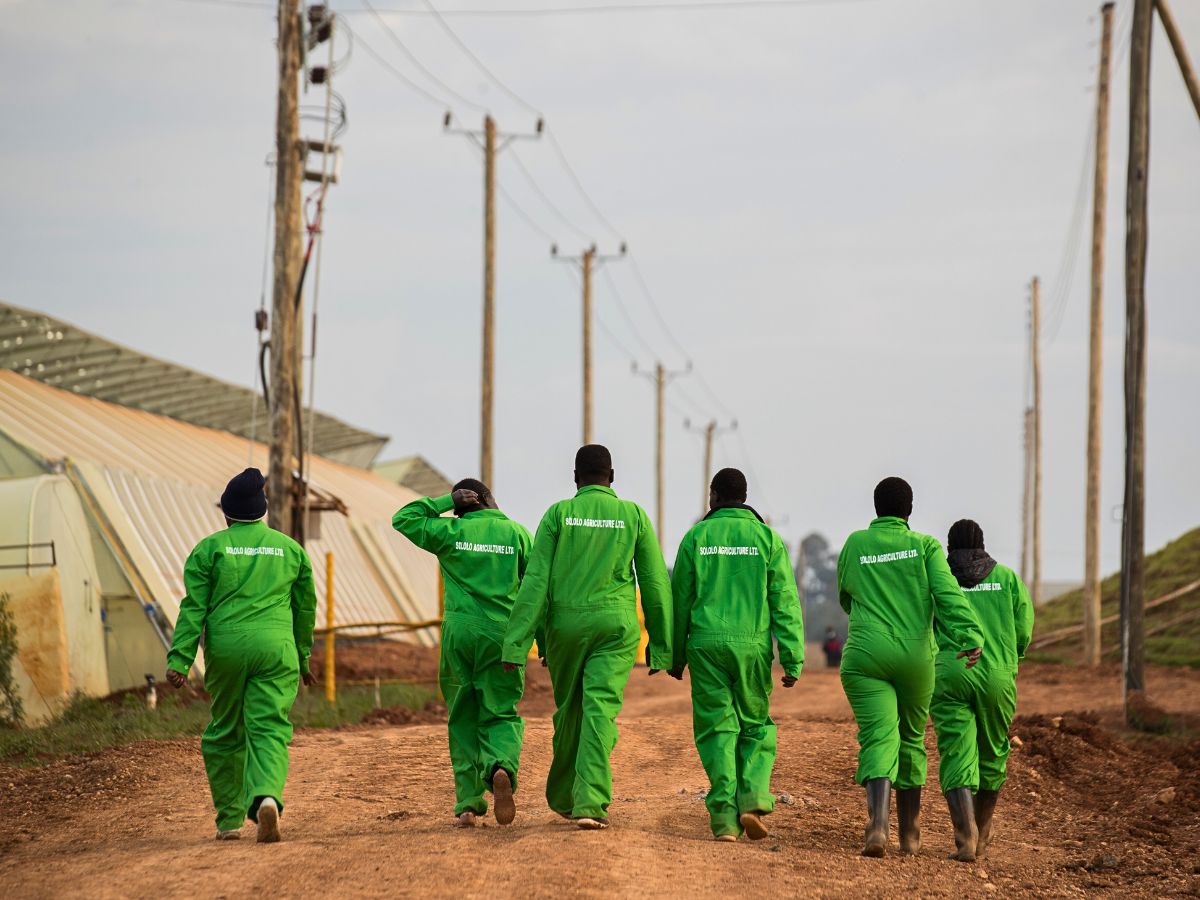
Partly, the success of the Kenyan flower industry’s approach stems from market pressure from retailers whose clients demand flowers that do not damage the environment, contribute to global warming, or compromise worker welfare. Generally speaking, the market-driven demand for reliable, transparent sustainability systems creates compelling incentives for continuous improvement and innovation in sustainable production methods. This, eventually, helps in climate change mitigation.
Feature image by Zuluflora, header image by Quang Nguyen Vinh

